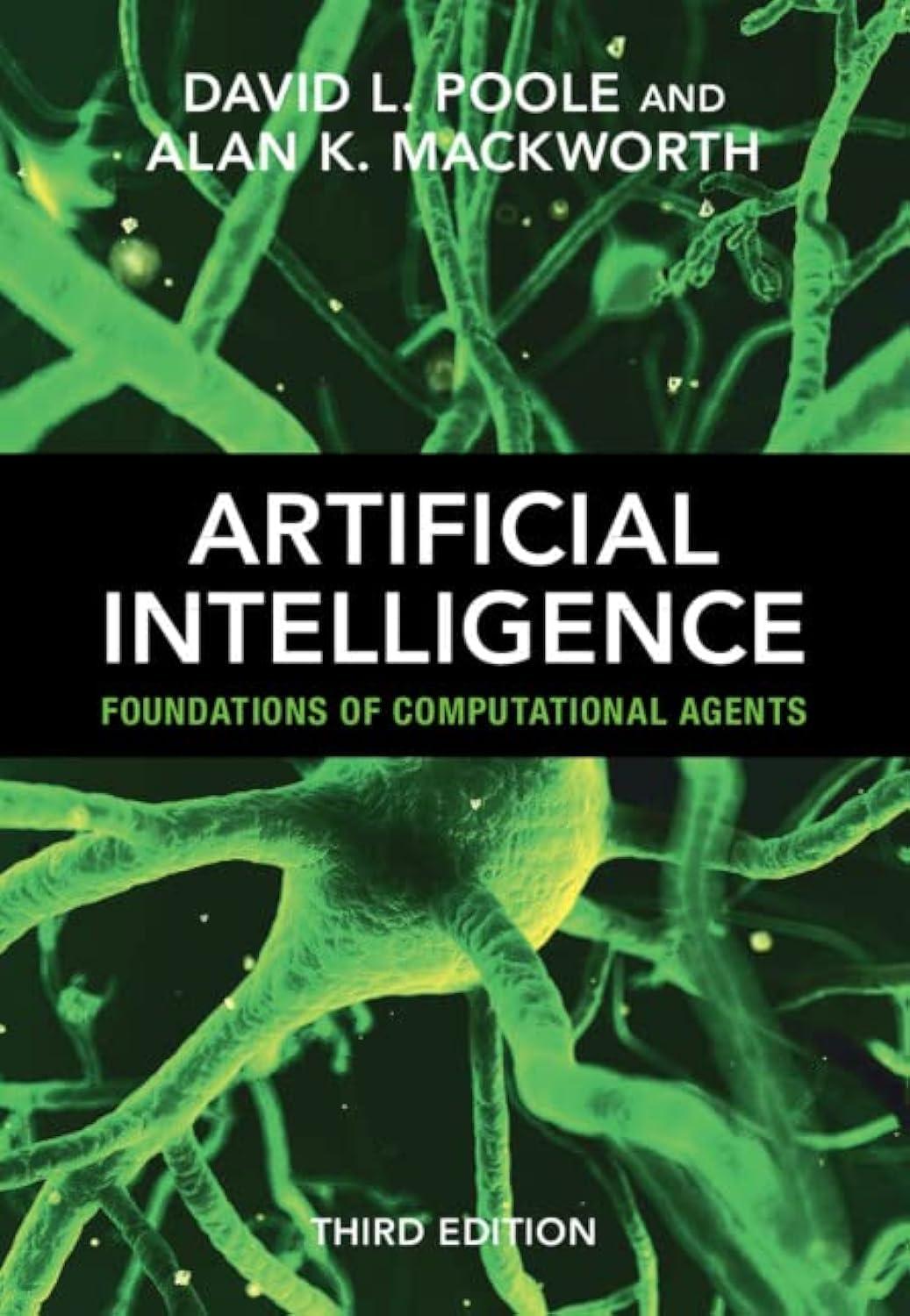Consider the following knowledge base: has access(X, library) student(X). has access(X, library) faculty(X). has access(X,
Question:
Consider the following knowledge base:
has access(X, library) ← student(X).
has access(X, library) ← faculty(X).
has access(X, library) ← has access(Y, library) ∧ parent(Y, X).
has access(X, office) ← has keys(X).
faculty(diane). faculty(ming). student(william).
student(mary). parent(diane, karen). parent(diane,robyn).
parent(susan,sarah). parent(sarah, ariel). parent(karen, chelsey).
parent(karen, todd).
(a) Provide an SLD derivation of the query has access(todd, library), similar to Figure 15.6 (page 668).
(b) The query has access(mary, library) has two SLD derivations. Give both, but do not show the clauses chosen or the substitutions.
(c) Is there a derivation for has access(ariel, library)? Explain why, or why not.
(d) Explain why the set of answers to the query has access(X, office) is empty.
(e) Suppose the following clause is added to the knowledge base:
has keys(X) ← faculty(X).
What are the answers to the query has access(X, office)?
Step by Step Answer:

Artificial Intelligence: Foundations Of Computational Agents
ISBN: 9781009258197
3rd Edition
Authors: David L. Poole , Alan K. Mackworth






